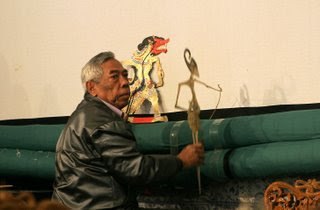 Indonesian culture has been shaped by long interaction between original indigenous customs and multiple foreign influences.Indonesia is central among ancient trading routes between the Far East and the middle east, resulting in many cultural practices being strongly influenced by a multitude of religions, including Hinduism, Buddhism, Confucianism and , all Islam strong in the major trading cities. The result is a complex cultural mixture very different from the original. Examples include Agama Hindu, a Dharma denomination of Hinduism now practiced by 93% of Balinese the fusion of Islam with Hindu in Javanese Abangan belief, the fusion of Hinduism, Buddhism and Animism in Bodha, the fusion of Hinduism and animism in Kaharingan, and many others.
Indonesian culture has been shaped by long interaction between original indigenous customs and multiple foreign influences.Indonesia is central among ancient trading routes between the Far East and the middle east, resulting in many cultural practices being strongly influenced by a multitude of religions, including Hinduism, Buddhism, Confucianism and , all Islam strong in the major trading cities. The result is a complex cultural mixture very different from the original. Examples include Agama Hindu, a Dharma denomination of Hinduism now practiced by 93% of Balinese the fusion of Islam with Hindu in Javanese Abangan belief, the fusion of Hinduism, Buddhism and Animism in Bodha, the fusion of Hinduism and animism in Kaharingan, and many others.Indonesian art-forms express this cultural mix. Wayang, traditional theater-performed puppet shows, were used to spread Hinduism and Islam amongst Javan villagers. Both Javanese and Balinese dances have stories about ancient Buddhist and Hindu kingdoms, while Islamic art forms and architecture are present in Sumatra, especially in the Minangkabau and Aceh regions. Traditional art, music and sport are combined into a martial art form called Pencak Silat.
Western culture has influenced Indonesia mostly in modern entertainment such as television shows, movies and songs. India has notably influenced Indonesian songs and movies. A popular type of song is the Indian-rhythmical danngdut, which is often mixed with Arab and Malay folk music.
Despite the influences of foreign culture, some remote Indonesian regions still preserve uniquely indigenous culture. Indigenous ethnic group of Mentawai, Asmat, Dani, Dayak, Toraja
and many others are still practising their ethnic rituals, customs and wearing traditional clothes.



